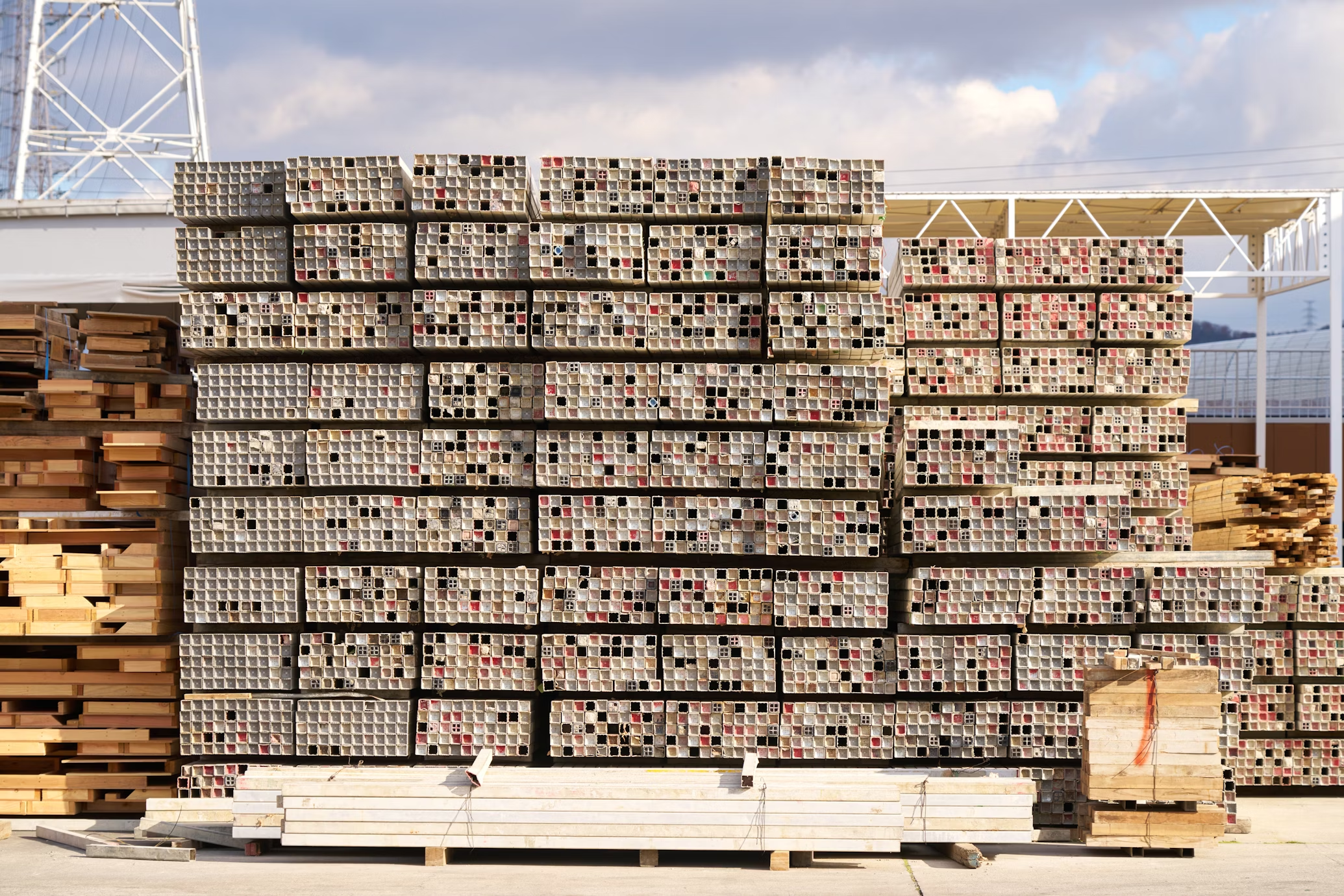
In today’s rapidly evolving global economy, securing a stable supply of critical materials is essential for industries ranging from technology and automotive to renewable energy and defense. These materials—rare earth elements, lithium, cobalt, and others—are vital for manufacturing advanced products and driving innovation. However, their supply chains face geopolitical risks, environmental concerns, and increasing demand. Building a secure and sustainable supply chain for critical materials has become a priority for governments and businesses.
Understanding the Importance of Critical Materials
Critical materials are indispensable for key industries and technologies but are often scarce, concentrated in specific geographic locations, or subject to supply disruptions. For example, rare earth elements are crucial for manufacturing electronics, magnets, and batteries, yet most of the world’s supply comes from a handful of countries. Lithium and cobalt play a significant role in the growing electric vehicle market, but their mining raises environmental and ethical concerns.
Recognizing the strategic importance of these materials, companies, and governments must prioritize securing reliable and responsible supply chains. Without proactive measures, supply disruptions can lead to production delays, increased costs, and vulnerabilities in national security.
Addressing Supply Chain Risks and Vulnerabilities
One of the biggest challenges in securing critical materials is the geopolitical risk tied to supply concentration. Many critical materials come from politically unstable regions or countries that use supply as leverage in international relations. This risks export restrictions, trade disputes, or sudden shortages.
The complex supply chain also often involves multiple layers, including mining, refining, transportation, and manufacturing. Each stage presents potential points of failure—such as labor issues, environmental regulations, or logistical bottlenecks—that can disrupt the flow of materials.
To mitigate these risks, companies need to diversify their sources. This includes developing mining operations in new regions, investing in the recycling and reuse of materials, and forming strategic partnerships. Governments can support these efforts by fostering trade agreements, funding research for alternative materials, and encouraging transparency across supply chains.
Integrating Sustainability Into Supply Chain Management
Sustainability is no longer optional when it comes to critical materials. Mining and processing often have significant environmental footprints, including habitat destruction, water usage, and pollution. Additionally, social issues like labor rights and community impact require careful attention.
Building a sustainable supply chain means adopting practices that minimize environmental harm and promote social responsibility. This can involve stricter environmental standards, better waste management, and fair labor practices. Innovations such as circular economy approaches—where materials are reused or recycled rather than discarded—can reduce dependence on virgin mining.
Businesses should also leverage technology to improve sustainability. For instance, blockchain can provide traceability and accountability throughout the supply chain, ensuring materials are sourced ethically and comply with environmental regulations. Similarly, data analytics can optimize logistics to reduce carbon emissions.
Investing in Innovation and Alternative Materials
Another critical strategy is to invest in research and development to reduce reliance on scarce materials. Scientists and engineers actively explore alternatives to essential materials, such as developing new battery chemistries that use more abundant elements or designing electronics that require fewer rare earth elements.
Such innovations can transform supply chains by lessening demand pressure and opening new sources. Governments and private companies should increase funding for these technologies to accelerate commercialization and adoption.
Enhancing Collaboration Across Stakeholders
A secure and sustainable supply chain for critical materials requires collaboration among various stakeholders. Governments, manufacturers, suppliers, environmental groups, and local communities must work together to balance economic growth, resource security, and social responsibility.
Governments play a key role by setting regulations, providing incentives, and fostering international cooperation. Businesses must commit to responsible sourcing and transparent reporting. Community engagement is crucial to ensure mining operations respect local rights and environments.
International frameworks and standards, such as the OECD Due Diligence Guidance for Responsible Supply Chains, provide a foundation for shared expectations and best practices. By aligning efforts, stakeholders can collectively address challenges and create resilient supply chains.
Preparing for the Future of Critical Material Supply Chains
The demand for critical materials is expected to grow substantially in the coming decades, driven by the expansion of clean energy technologies, electric vehicles, and high-tech industries. At the same time, the challenges of climate change and social equity will increase pressure on supply chains to be more sustainable.
To prepare, companies and governments should focus on long-term strategies, including building recycling capacity, investing in mining innovation, and developing transparent supply chain monitoring systems. Flexibility and adaptability will be essential as market conditions and regulations evolve.
Proactive risk management and sustainability integration will protect businesses from disruptions and contribute to global efforts to build a greener, more equitable economy.
Building a secure and sustainable supply chain for critical materials is a complex but necessary goal. It requires addressing geopolitical risks, embracing sustainability, investing in innovation, and fostering collaboration among diverse stakeholders. As industries continue to rely on these materials, ensuring their responsible and reliable supply will be crucial for technological progress, economic stability, and environmental stewardship. The path forward lies in a balanced approach that safeguards resources while promoting sustainable development worldwide.